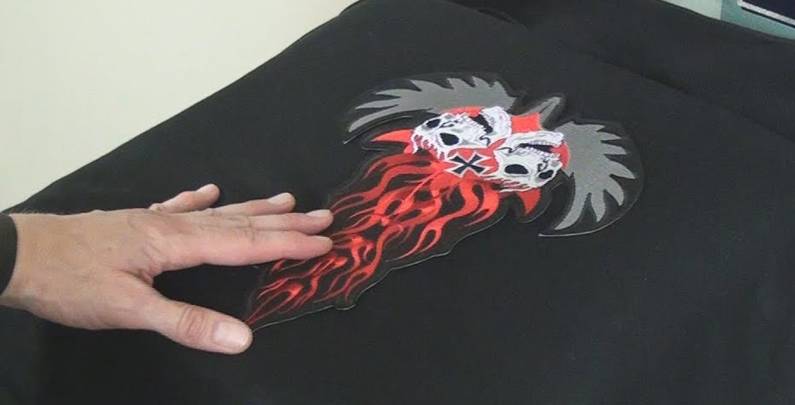
Heat Transfer Patches: Bringing Our Picture-Perfect Patches into Focus
Creating custom patches is not a big deal today, as we have so many options for customized patches. Embroidered patches, woven patches, and of course, our most favorite heat transfer patches. Most people ask why heat transfer printed patches are our favorite choice.
The first thing you must know is to attach patches to the material that makes it different from all other methods. Heat transfer patches are made through a process called dye sublimation. The process makes these patches superior because they do not need thread or stitching. The design remains the same and is attached to the fabric in the same condition without changing its details.
How Does Heat Transfer Patches Work?
When we talk about heat patches, there are various references to what it means. Understandably, this isn’t very clear. Many customized patches with different shapes are given hot edge cuts when it becomes difficult to cut through them. In iron-on patches, adhesive backing is heated up to attach to the surface. These are heating techniques that make heat transfer confusing.
We are here to clear this confusion that what is heat transfer in reality. Heat transfer transfers artwork to the fabric using heat transfer paper or sheet. This process makes the design finish in the actual form. Unlike other forms of patching, it does not use thread backing. Patches are transferred to the fabric by heating and pressing them to the surface.
Why Are Heat Transfer Patches Known As Photo-Patches?
Heat transfer patches are sometimes known as photo patches due to their photo-realistic quality. These patches can provide you with a real picture-like look. Their capability of capturing every single detail makes them picture-perfect patches. This technique allows us to make a real image and recreate the patches. It is a great idea to create a photo of a person or your favorite scenery into an attractive patch with every detail. These are also known as heat patches, dye sublimation patches and photo patches. Whatever name you prefer, the result will be perfectly amazing.
Picture-Perfect Patches with Cool Designs
You want some cool designs to be printed for patches; then no one works better for you than our picture-perfect heat transfer patches. You do not need to worry about missing details while printing your design. The kind of details you get here is not possible in embroidered patches.
It will provide you with the exact picture and design you want. So look no further than printed patches and get your artwork done. In embroidery patches, mesh backing leads to small spaces between threads, making patches lose all details. While in printed heat transfer patches, designs are first transferred on a transfer paper, then heat and pressure are used to transfer the artwork to the garment. It is not like traditional printing, but it infuses the design into the fabric.
Heat Transfer Does Not Mean Iron On
When we talk about heat transfer, customers confuse it with iron-on patches. But the difference is clear. Iron-on is one of the backings to attach a patch with fabric. On the contrary, heat transfer is a complete patch creating technique, from creating artwork, printing it on transfer paper and then infusing it to the garment. However, we can attach a heat transfer patch by using iron-on backing. We know that heat transfer patches do not need a thread to attach patches; they are created through dye sublimation. You can confidently choose the patches to recreate images in picture-perfect detail.
Dye Sublimation Is Superior to Other Types of Printing
The advantages of dye sublimation or heat transfer are various, making it superior. This methodology helps you create clear, long-lasting, color-fast displays compared to traditional printing. It is not only quicker than other print methods but also cost-effective. Along with near-photographic images, it becomes the part of the material you are printing on.
In the end, you will get a smooth surface. It works best on all fabric types and keeps your artwork permanent, embedded in the fabric. The fabrics you can choose for heat transfer patches are; satin, poly-knit, poly-poplin, sheer, chiffon, poly-silk. These are washable and get no creasing or damage when you fold them. Another reason for its being superior is its eco-friendly procedure. The water-based dyes make it safe to use.
No waste during the process has been added to the waterways. The high temperature makes the pours of fabric open and lets the dye enter it. This way, the dye becomes part of the fabric and give it a natural look.
Conclusion
In today’s world, multiple options are available for customizing your patches. Each method comes with some benefits and some drawbacks. To consider what type is best, we have to see its finishing. Dye sublimation or heat transfer proves much better than PVC, embroidery, or woven patches. Heat transfer is the simple process we transfer our artwork into the fabric. It is also best because, unlike other types of printing, it works well on all types of fabric. The heating process lets the design induce the fabric and give a real photo-like appearance.